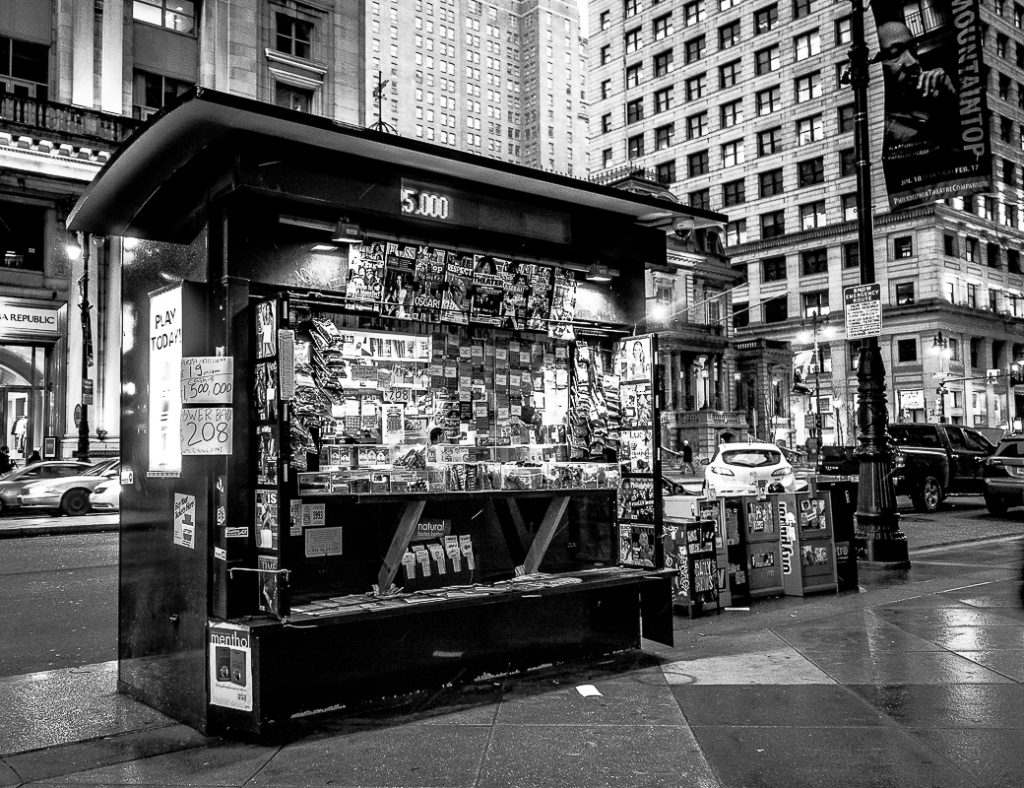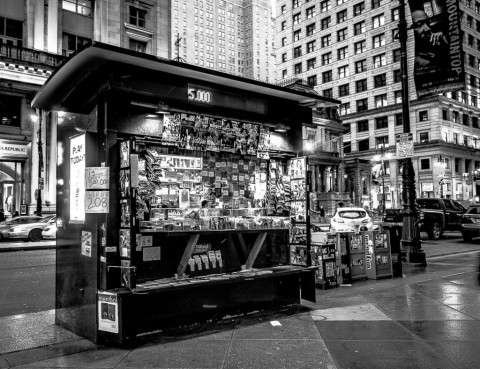Once you have an established shop you may wish to sell your wares at a comic book convention. You are no longer testing the waters of comic book retail as you did before you opened shop, but rather you are now committed to renting a truck, ordering a tonne of product, and sequestering yourself in a convention centre for the better part of three days. It is not for the faint of heart, but the rewards, both monetary and otherwise, can be great.
Preliminary research is the key and you’ll want to have a very good idea of how much everything will cost before you agree to set up. And I mean everything: tables, product, staff, gas, meals, hotel, everything.
First, you will want to start with the cost of the table. This will be different depending on the show but a common range would be $300-$800 for a 6 or 8 foot table. The tables are generally a standard 30 inch width so you have at least a 6′ X 1.5′ space to work with. You may also wish to have some sort of grid wall or wooden structure behind your table to display even more products, but that will be up to you.
With an idea of how much space you can use for your wares it will be relatively easy to figure out how much product you can bring. I have known some shop owners to use graph paper or some make small models, but really you just need to measure out a space and ensure that you are bringing enough product to fill (and restock) your tables. This, of course, raises the question of what you should bring. In many ways the cost of the table with dictate that. If you are paying $800 for a table you will need to sell a lot of $1 books to break even, but if you have graphic novels or high end CGC books you’ll need to sell far fewer individual items.
For each table we recommend you have about 1.5 employees. This should provide you with sufficient coverage to help customers, take a bathroom break, and watch for theft. And all of those three things are important.
Your employees will need to be paid at least whatever minimum wage is in your city/state/province, but you may be working yourself and not taking a salary or you may have more senior employees that cost more. All of these need to be factored in. As does the length of the show. Two day shows are averaging about 15 hours of show time (with probably about 5 hours of load-in time) so you will need to pay your employees for at least 20 hours of work.
What does this look like? So let’s say that Scott and I decide to do a two day show in Toronto with a single table that cost us $300. We only want to sell graphic novels: we can comfortably fit 30 different kinds on a 6′ table, and we will bring a dozen of each book. Let say each book cost us $10 and we will sell them for $20. Also, we will take a payment of $11 per hour for ourselves.
- Table cost: $300
- Employees: $440
- Product: $3,600
So far our costs of doing the show are $4340. Not too bad, but we haven’t eaten yet and we can’t sleep in the street so:
- Food: $100
- Hotel: $200 (we can share a room).
Now we are up a bit more to $4640. Almost done right? Nope. We need to factor in gas and transportation costs. This will be a wide range depending on how much you are bringing and how far away from the convention you are located. For Scott and I, a two day show in Toronto would be about $150 in transportation costs.
So now we finalize at $4790. If we sold every book we brought we would gross $7200 and our profit would be $2410. But you can’t expect to sell everything you bring so our hope would be to sell about 70% of our inventory. So we would gross $5040 for a profit of $250.
Not great, but at least we didn’t lose money.
Our little example shows though how you really need to examine everything and make sure that doing the convention will be worth your while. It was a very small example and you would generally find that you’ll probably need a much larger range of product and a deeper inventory to make doing these types of conventions profitable. But more inventory means more tables, and more table means more staff so as you grow so do your costs. This is why most shop owners need to have a wider range of product than just graphic novels. They need a few bigger ticket items to really make a show worthwhile for them. Unfortunately you may need to attend a few of these show to really determine if you are able to consistently turn a profit.
There is another bonus that is hard to put into monetary terms though. When you are at a convention you are introducing your store to new group of customers, and those who get good service at a convention may become in-store customers at a later date. So in a way conventions are a form of advertising as well.
Thinking of doing a con? Run the numbers over and over again and ensure that you can afford to do it. Customers can smell when a dealer is desperate to make a sale. And you don’t want to be that dealer.


